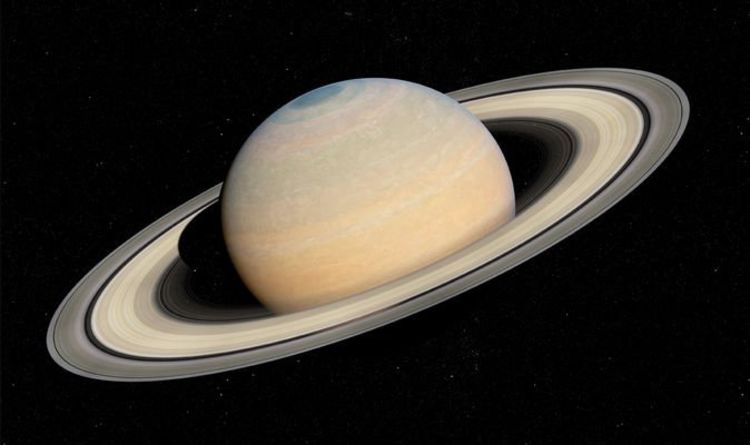DaveC426913
Valued Senior Member
They are symmetrical.Any from 180 degrees from us ?
They are symmetrical.Any from 180 degrees from us ?
And you can tell that by looking at a picture for 15 seconds can you? When 10 minutes ago, you didn't know what a black hole was made of?No energy flowing in .
They are symmetrical.
A BH with its accretion disc is shaped kind of like Saturn with its rings.What is they that are symmetrical ?


A BH with its accretion disc is shaped kind of like Saturn with its rings.
Saturn looks the same from all sides - it's symmetrical about its rotational axis.
If you fly around its equator, you'll see the same thing from every angle.
Same with a BH. If you fly around to the opposite side, it looks the same.
But if you fly to Saturn's pole, you will be looking down on the plane of its rings.
Same with a BH. If you fly to its pole (without getting crisped by its jets), you will be looking down on its accretion disc.
Saturn:

BH:

That's great but we're not talking about a singularity. We are talking about what we can see outside the event horizon.There is no symmetry in a singularity .
That's great but we're not talking about a singularity. We are talking about what we can see outside the event horizon.
They are related.So the event horizon and the singularity are not related to each other ?
So you can have an event horizon without a singularity .
They are related.
The matter outside the event horizon orbits, just like any other body, so it forms a disc with an axis.
You cannot have an event horizon without a singularity.
An event horizon forms when the mass of the BH is so high that light cannot escape.
The event horizon is not a thing; it is simply the radius at which the escape velocity of the BH exceeds the speed of light.
Regular matter.What form of mass is this BH ( black hole ) made ?
Regular matter.
Black holes are formed when stars run out of fuel and collapse.
No.But black holes precede galaxies .
No.
Black holes are formed at the centre of galaxies, from infalling matter.
Not speed. Just gravity.Why ?
What form of matter has such high speeds to do this ?
...There is Nothing to stop it.
There is no symmetry in a singularity .
I am simplifying....
i would quite like to listen to some physicists discuss this aspect.
is nothing also related to infinity ?
can a theoretical mathematical end point be found for a black hole ... etc...
still exits as energy ?but its mass
Not a physicist but anyway.....Adding to Dave's excellent rundowns.......
i would quite like to listen to some physicists discuss this aspect.
is nothing also related to infinity ?
can a theoretical mathematical end point be found for a black hole ... etc...
